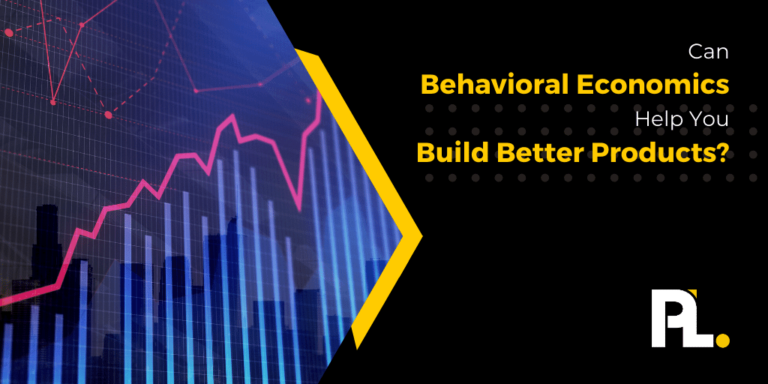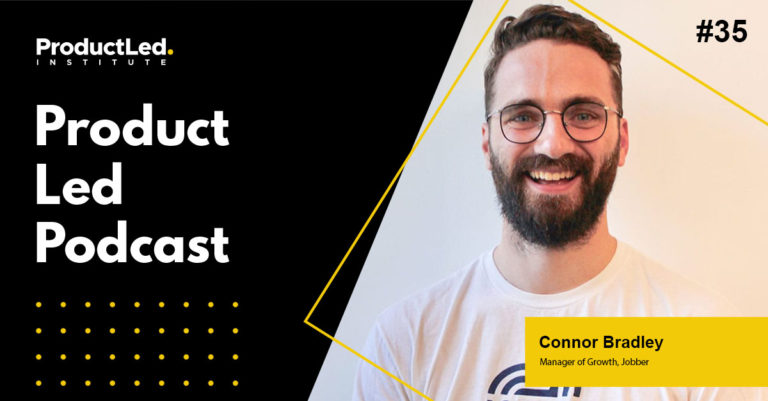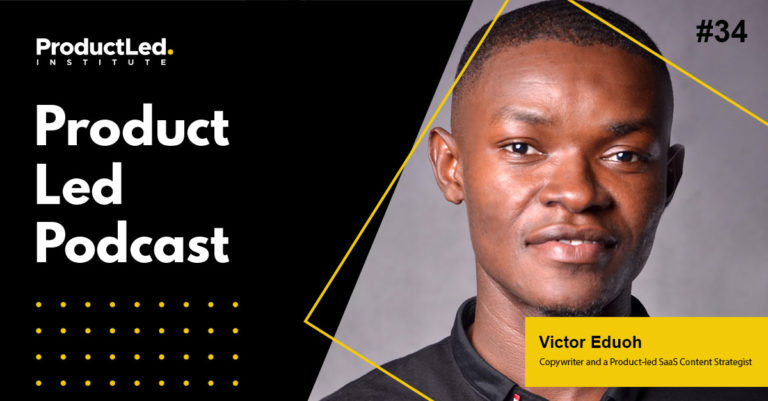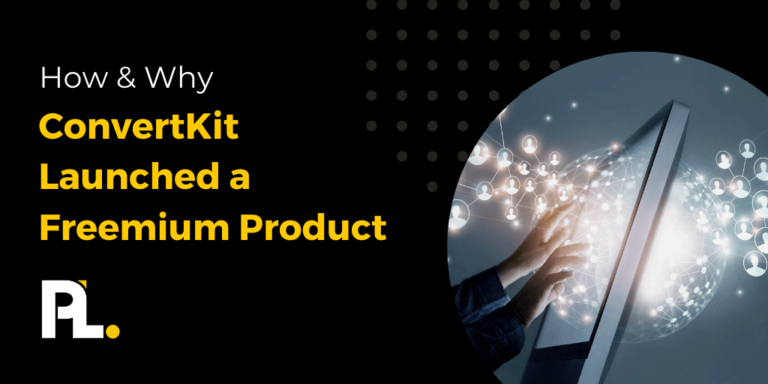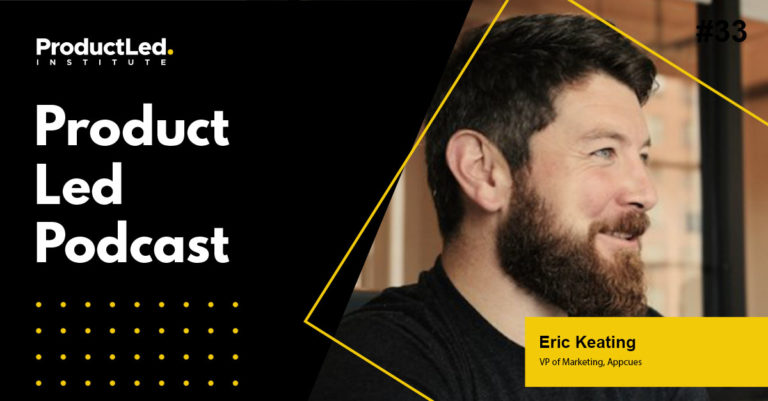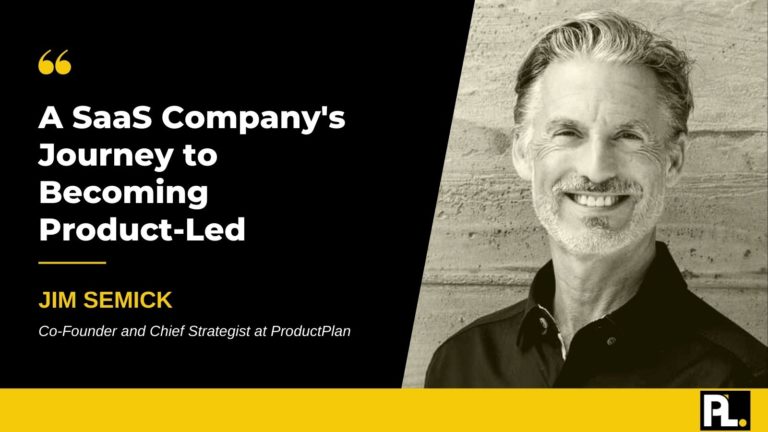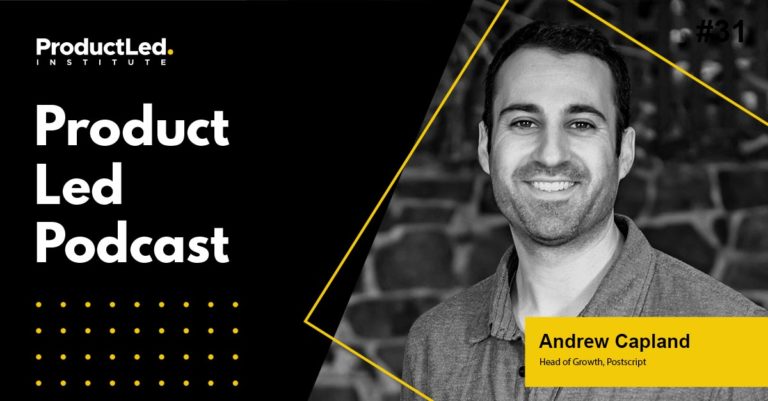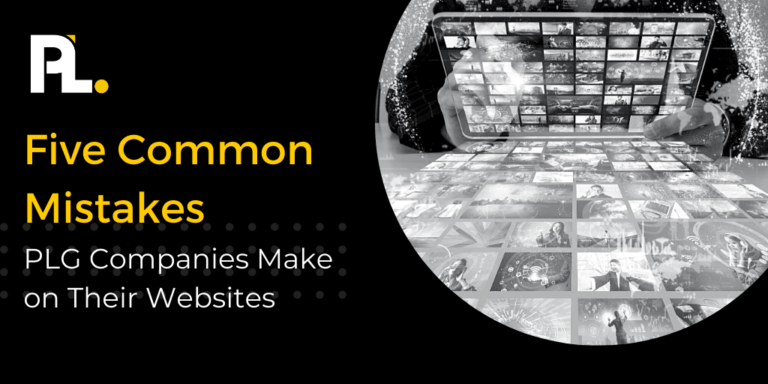It’s August 2021, and by now, a few things are probably true:
- Your grandparents take as many Zoom calls as you do.
- Your friend's crew has moved their banter from a massive group text to Slack.
- Your sales-led company has had some sort of conversation about, “shifting to product-led.”
On the last bullet, I’ve marveled at how this conversation has evolved over the past few years, from “Atlassian and Calendly did it all without a sales team! The product does everything!” to “Wait a minute, people can use the product and then get routed to sales! Pass me the PQLs!”
Both of these scenarios (and the many shades of gray in between) make one major important assumption:
The product itself has been intentionally designed for users to successfully use the product themselves.
For a sales-led company thinking of shifting to product-led, guess what their product has been designed for…
You guessed it. Just F*ing Demo!
For product and GTM leaders thinking of making the shift from sales-led to product-led, or the individual contributors worried about what will happen to their job in that new world, here's the harsh truth of transitioning from discovery calls and demos first to product first:
It’s really hard.
Your customers will still need help using the product.
This requires new tactics.
It can be done.
When done well, your users will love it.
To do it well, you’ll need to:
- Choose well-qualified people with a very specific set of skills.
- Build a process to help these people resolve friction for your customers trying to use the product.
- Define the next steps that lead from resolving friction to driving long-term benefits for the customer and your company.
Getting Started: Choose Your Humans
Whether you’re shifting from sales-led to product-led, or layering “human assist” on top of your self-serve offering, it’s critical to acknowledge that your users will expect a specific type of engagement. This requires a very specific approach and skills.
The first question you’ll need to ask is: who within your current organizational construct can get their hands dirty taking on this new charge?
If your company is just testing the waters, it may not be worth the change in management headaches to spin up an entirely new function. In that case, I’d recommend pulling in a tiger team of folks who have a strong blend of product expertise and interpersonal skills.
The former is absolutely critical. These people will be working with users who are using the product and will ask a wide array of questions about its most challenging aspects.
If the company is fully committed, or if you’ve done some testing with a tiger team and seen success, it may be worth forming a dedicated new function to support these self-serve users.
At Guru, we call this role, “Product Specialist.”
We pull from a variety of teams—tech support, sales development, sales engineering, and account management—to perfectly represent the diverse skill set needed to execute this “human assist” in a way that drives outcomes your customers (and your bottom line) will love:
- Help the customer effectively use the product...
- ...so they successfully adopt and pay for it.
Skew too far toward the former, and you may miss opportunities to guide adoption, conversion, and expansion. Skew too far toward the latter, and your team will be viewed as commercially motivated and salesy, cheapening their product guidance. It’s a delicate balance.
We’ve been able to strike it by building a pretty robust playbook that can ultimately be summarized in three steps your team can try ASAP:
- Uncover and Remove Initial Friction
- Pivot to Additional Friction or Opportunity
- Guide Next Steps
In the sections below, I’ll dive deeper into each of these steps and leave you with a template you can use to build them out for your company.
Step 1: Uncover and Remove Initial Friction
In any human assist touchpoint (but particularly in a product not optimized for self-serve), your customer is encountering friction with something, and they’re probably pissed about it.
In some cases, the friction will be apparent. The customer reaches out on chat asking, “How do I connect system A to system B,” or sets up a consultation call asking for guidance on, “What’s the best way to provision my account for X users and Y use case?”
In other cases, your team may need to do a bit more work to uncover the friction. Perhaps by reviewing product data that indicates negative health and reaching out proactively, or by asking follow-up questions to dig deeper into root causes.
In either case, the only thing that a customer cares about at that particular moment is getting a resolution to that issue, so it’s incumbent on your team to focus ONLY on that.
How you remove friction can take many forms, based on what the friction is and where the customer is in their journey. For example:
- Demonstrate: Amy, the admin, has created their account and completed the initial setup but needs guidance on a consultation call on how to structure their account before adding additional users. You may share your screen and demonstrate how to do this.
- Educate: Erin, the executive, joins a consult call and says she just needs an overview before allowing Amy to pull more resources into a trial. You may simply share your screen, show an overview, and tell a story about a similar customer that’s achieved similar outcomes.
- Guide: Dave, the developer, has been invited to the account but has a one-off question via chat about connecting their account to another system. You may guide them through the step-by-step at the moment and follow up with curated documentation for that specific system (see below).
- Aggregate: Amy has been building out their account and adding users for the past four weeks, but their account is about to expire, and they haven’t gotten Erin to sign off on the purchase. You may take proactive action over chat, extending their trial and providing aggregate product usage statistics that will help convince Erin to purchase.
Here's a recap:
After you’ve taken these steps, it’s important to confirm they’ve been successful.
For a tactical fix, it could be asking the user to, “give that a try and then tell me if it’s working now?” For something more strategic, it might be, “tell me how this suggestion aligns with what you were envisioning?” Only once you’ve gotten positive confirmation should you proceed to the next step.
Step 2: Pivot to Additional Friction or Opportunity
As your company shifts toward PLG, you’ll likely be forced to trade off something commercial upfront in exchange for getting your audience into the product and banking on downstream success.
Because of this, you’ll want to view these “human assist” interactions actions as more than simply an exercise in resolving a tactical issue as quickly as possible. Instead, you should think of them as a mutually beneficial opportunity to help the customer uncover additional friction in a way that positively impacts your company’s conversion, expansion, and retention.
Here’s a non-technical example that I recently experienced as a consumer:
- You take your car to a mechanic to fix a flat tire.
- The mechanic fixes the flat tire.
- After fixing the flat tire, the mechanic says, "I took a look and noticed your inspection expires in 60 days. You can keep driving as is, but you'll need to remember to schedule another appointment, then drive back and get it updated. Alternatively, would you be interested in having me perform the inspection now?"
We call this “the pivot” since we’re pivoting from the resolution of the initial friction (fixing my flat tire) to exposing something new (expiring inspection) in a way that benefits both the customer (saving time by avoiding a return trip) and the company (additional revenue from the inspection).
There are a few keys to making this interaction a) helpful and b) non-salesy.
First, you’ll want to consider when you actually execute the pivot. You could pivot during the initial engagement. The positive here is it doesn’t require an additional back and forth since you’ve already got your audience’s attention, but it could come across as opportunistic.
On the flip side, you could wait a period of time and pivot as part of a follow-up check-in. This generally feels more accessible and gives you a bit more time to research and prepare, but it also adds yet another touchpoint with your customer who may not want one.
Still, I generally recommend the latter unless your customer is leaning in and clearly open to additional advice and guidance.
Once you determine when it’s appropriate to pivot, you’ll want to outline the following:
- Specific initial friction points (usually more tactical) that should trigger your team to pivot.
- The potential additional friction points (usually more strategic) those should pivot into.
- How you’ll get there (we’ll cover this in the next section).
Let’s walk through two examples using the fake scenarios I shared earlier.
Example One: Amy, the Admin, schedules a consultation call to discuss, “What’s the best way to provision my account for X users and Y use case?”
- Your Product Specialist leads an amazing session, shares best practices, and confirms at the end of the call that this is the perfect recipe for this user. This resolves the initial friction.
- In the follow-up email, the Product Specialist may offer up: “When X users are using the product the way we discussed (your initial friction points), typically they end up sharing content with Z additional user group; have you thought about how you’ll get the leadership of Z group on board?” This introduces additional friction points, such as the need to loop in Erin the Executive.
Example Two: Dave, the Developer, reaches out on live chat and asks, “How do I connect system A to system B?”
- Your Product Specialist shares step-by-step instructions on connecting the two systems, and the user confirms that the setup is complete. (Resolved friction.)
- The next day, the Product Specialist has a reminder to review the usage data and check-in with the customer. They reach out with, “I took a look at your account and noticed that data is flowing between the systems! (Initial friction points) It looks like at this rate, you’ll hit your free usage limit by next Wednesday. You’ll want to have a plan in place for what happens after you hit that cap.” (Additional friction points.)
In both of the examples above, the callouts are 100% customer-first.
However, as a byproduct, they clearly can have a positive impact on:
- Conversion (You’ll need the paid plan to do this.)
- Expansion (You’ll need more seats/features to do this.)
- Retention (You’ll want more teams/use cases being done here.)
Step 3: Guide Next Steps
Now that you’ve called out additional friction points that could be on the horizon preventing deeper adoption, your last step is to suggest the right path to help the user get ahead of those friction points.
To do this, I suggest using a straightforward framework using the two factors Derek Skaletsky describes: firmographics and interest.
- Firmographics: Is the user at a small company or a large company? (If not size, then however you define “fit.”)
- Interest: Is the user very interested/engaged or not very interested/engaged? (It’s even better if you can quantify this based on a product usage metric such as adoption.)
Once you’ve got your framework, you can determine the right solution for helping the user continue down the path to driving deeper adoption, based on how companies with similar characteristics tend to proceed.
For example:
- For a small company with low interest, you might guide them back to self-service resources like tutorials, blog posts, and help center content.
- For a small company with high interest, you may guide them to additional product specialist consult calls.
- For a large company with low interest, you may lead toward longer-term paths such as a freemium offering (if you have one), content marketing, or even a light “get to know ya” call with an account executive.
- For a large company with high interest, you may want to promote them into a high-touch sales motion and “guided trial” led by an account executive and/or sales engineer.
In Closing
If this feels like a lot, it is. But you CAN do it, and the payoff IS worth it!
If you'd like to put this into action, I've provided a simple template you can follow below:
Your customers will love the fact that you’re adapting your approach to fit the way they prefer to adopt software in 2021, and your human teams will thank you for finding a way for them to redeploy their existing skill sets in a new and unique way.

